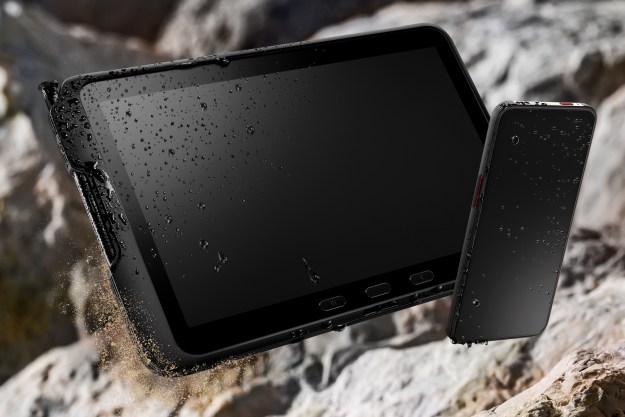Qualcomm usually refreshes its mid-range Snapdragon chipsets once a year. Breaking tradition, the chipmaker has now announced mid-cycle upgrades to several chipsets in the Snapdragon 7xx, 6xx, and 4xx series. The new launches include three 5G-enabled mobile platforms, including Snapdragon 778G Plus 5G, Snapdragon 695 5G, and Snapdragon 480 Plus 5G. Launched alongside these chipsets with 5G connectivity is the Snapdragon 680 with only 4G connectivity.
The Snapdragon 778G Plus and the Snapdragon 480 Plus offer minor upgrades over the Snapdragon 778G and 480 chipsets released earlier this year. Meanwhile, the Snapdragon 695 and the Snapdragon 680 are new additions to Qualcomm’s lineup of mobile platforms. All of these offer minor upgrades instead of anything major as part of the company’s fallback plan to keep its lineup refreshed despite the global semiconductor crisis.

These mobile platforms are meant to bolster the chipmaker’s presence in the mid-range market. Deepu John, senior director of product management at Qualcomm, said, “These four new additions to our roadmap create [a] significant opportunity for our OEM customers and provide additional options to continue to meet the growing demand for our 5G and 4G mobile platforms.”
Qualcomm Snapdragon 778G Plus 5G
The Snapdragon 778G Plus brings minor improvements in CPU, GPU, and A.I. performance over the Snapdragon 778G, which was launched in May this year. Similar to its predecessor, the Snapdragon 778G Plus is built on TSMC’s 6nm process, features eight Kryo 670 cores, and has an Adren0 642L (L stands for Lite, or underpowered, version) GPU. The mobile platform also uses the same Snapdragon X53 modem that supports sub-6GHz and mmWave 5G signals and download speeds up to 2.9Gbps.
Qualcomm Snapdragon 695 5G
The Qualcomm Snapdragon 695 succeeds last year’s Snapdragon 690, a 5G chipset designed for mid-tier devices. The Snapdragon 695 features Kryo 660 CPUs — presumably based on ARM’s Cortex-A78, offering a claimed 15% performance boost over the Kryo 560 cores on the previous model. The Adreno 619L has been replaced by an Adreno 619 GPU found on the Snapdragon 750G. The company says this brings a massive 30% boost in graphics rendering.
The 5G capabilities of the chipset have also been improved, and it now supports both — sub-6GHz and mmWave
Qualcomm Snapdragon 480 Plus 5G
The Snapdragon 480 Plus is once again targeted at entry-level 5G smartphones. Qualcomm says there have been 85 new devices running on the Snapdragon 480 mobile platform, and building on this success, the Plus variant will continue to offer an affordable
Qualcomm Snapdragon 680 4G
Qualcomm’s last announcement for the day is the Snapdragon 680 chipset which, unlike the other announcements, is limited to 4G LTE connectivity. The Snapdragon 680 is a perceivable upgrade over the Snapdragon 678, which was launched in December 2020. However, unlike the Snapdragon 678, which offered only meager upgrades over the Snapdragon 675 from 2018, the new chipset brings a major performance boost.
First of all, the Snapdragon 680 is fabricated on a 6nm process, making it much more power-efficient than its predecessor. The chipset features new Kryo 265 CPU cores. In addition, it now features Adreno 610 GPU and Snapdragon X11 4G modem, both of which are downgraded from the previous generation but will benefit from the more sophisticated design of the mobile platform. Meanwhile, the ISP has been upgraded to a Spectra 346 along with Hexagon 686 processor for better A.I. processing.
Qualcomm says the USP of the chipsets is better power efficiency, with up to 20% more performance for the same power consumption.
Upcoming devices with new Snapdragon chipsets
Hailing the Snapdragon 480 on its affordable 5G smartphones such as Nokia XR20 and G50, HMD Global announced it will bring new devices with Snapdragon 480 Plus soon. OPPO said it will launch new devices based on the Snapdragon 695 to offer its smartphones sub-6GHz and mmWave
Editors' Recommendations
- Your next phone could get a huge 5G upgrade, thanks to AI
- This new MediaTek chip is about to bring 5G to a lot more devices
- Netgear’s new M6 Pro router lets you use fast 5G anywhere you go
- Qualcomm’s Snapdragon X75 ushers in the next era of 5G connectivity
- Qualcomm’s Snapdragon X35 will bring 5G to your next smartwatch




